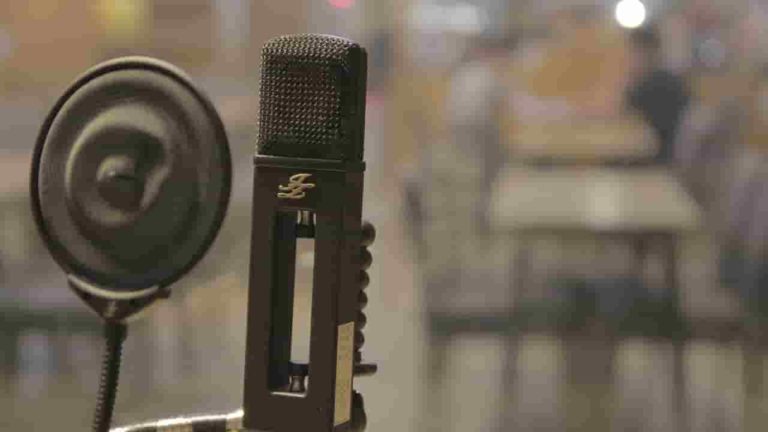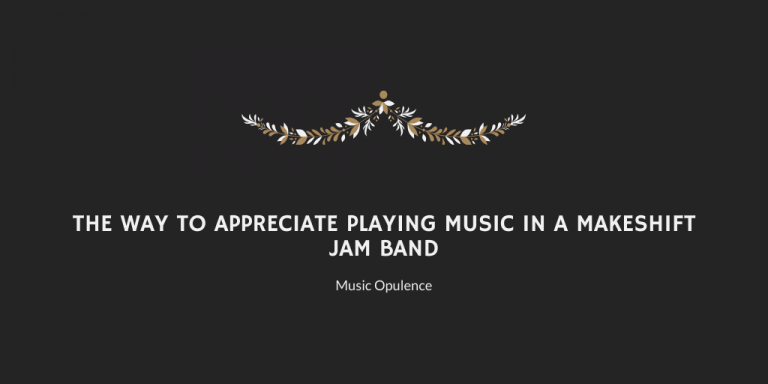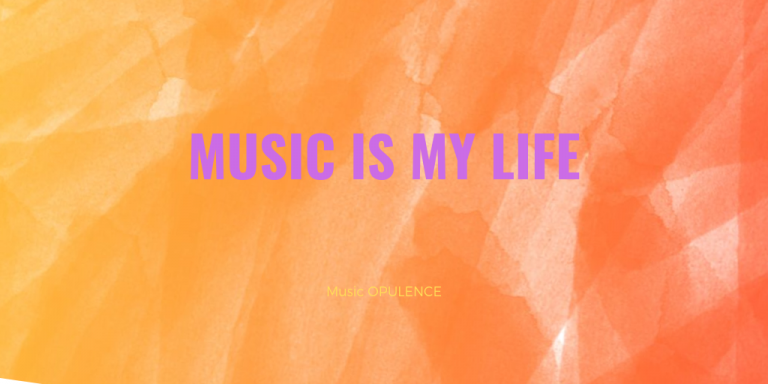Listening – A Question Of Studio Monitoring
Monitoring in a music studio is, very simply, the most significant part of the studio. Your studio may contain the most advanced equipment available, but without accurate monitoring, you’ll never hear is not it?!
What’s the difference between a fantastic set of hi-fi speakers and true studio monitors?
Well. Hi, fi speakers exaggerate the lows, and frequently the highs, to create maximum effect. This may be helpful to hear, but it is rarely true. Studio monitors are made to be precise to make sure a true reproduction of what is being recorded. They are also built to exacting criteria and considerably more sturdy than hi-fi speakers, to accommodate to the demands of studio usage.
Monitors have to be very transparent looking to allow you to combine sections of the music like bass, vocals and reverb trails without each part colliding to yet another and one.
You need to understand that it is an art to comprehend the notion of observation. It setting a set of speakers in the room.
We utilize the ones, and we are completely different, as are studio screens and can judge the mixture. I have used Yamaha NS10s, Dyn-Audio and Tannoys over the years, but have settled using a pair of Alesis M1 active for near-field observation along with also a pair of Alesis Monitor Twos for midfield monitoring. They are what I am utilized to and my taste. Results can be accomplished with monitors that are costly by following a couple of straightforward rules, although You will find far more expensive monitors on the current market.
When tracking, you are listening to the positioning of audio, dynamics, eq, reverb paths, echoes, and flaws, etc.. Correctly placed monitors permit you to do so. Hi-fi speakers don’t!
A professional combination will sound good and that’s the most important principle to consider. Your mixture may appear speakers that are great to YOU on THOSE Should you use a set of hi-fi speakers to track, however, I promise it will not sound great to other people elsewhere!
Therefore do not utilize pre-assembled speakers to track.
Monitors are meant for near the listener. The concept is to enhance the direct path between the listener and the speaker making it shorter, for the reflected sounds to return and muddle things up, thus providing chance. The acoustic environment gets less of an issue. Attempt when 10, to maximize the listening environment and know about the effect the dimensions of the listening area may have on reaction. The bigger the room, the more powerful the end is.
Speakers’ positioning is outside in the area, apart from in the side and back walls, along with reflective surfaces such as windows, tiles or tabletops. Regrettably, and especially at home studios, that is possible. Do what’s sensible.
The spacing between the speakers is quite important. A fantastic pair of monitors, even if positioned in a room, will provide results. There ought to be an equal distance between the speaker and the speaker. To put it differently, both speakers and the listener are the 3 corners of a triangle with equal length sides. So that from the place, you see the surface of both speakers has to be turned in. Your ears ought to be flat with the tweeters if you are positioning of the speakers is much greater on a plate or wall-mounted on mounts the speakers have to be tilted down.
Studios use track speakers at the position. This setup will promote a center picture for instance. And since the picture width is more narrow, the noises may be put with higher accuracy than once the speakers are placed. In the position, there’ll be a prospect of reflections out of the studio surroundings.
That is not to state that monitors should be utilized in the vertical position. Some manufacturers recommend that in ideal’ scenarios, they ought to be. With all the deepest and broadest, you listen to the combination with positioning. However, this broad pattern may add the noise that you hear, muddying the mixture, thus the preference for the position and reflections.
The principles for monitors will be the same as except the three-cornered triangle is larger a minimum of 6 ft.
So set the tracks to read and achieve a better comprehension of your listening environment.
You may get listening fatigue to take breaks every couple of hours After recording for any duration of time. It is remarkable how things can seem when you return refreshed.
There’s also an old saying; “If a song sounds great at low volume, it is going to sound great at any given level. However, a tune that sounds fantastic loud doesn’t necessarily seem great at a lower quantity”.
Think of the impact in your hearing over time when listening to levels!
So, the rule is, take breaks when recording, create your listening degree that is routine a sensible one and listen to louder degrees for bass and texture functions.
There’s, clearly, a location for hi-fi and the car stereo from the procedure. I hear auto stereo and my hi-fi when I am delighted with the combination. Then I will be confident that it is a mix if it sounds great.
Thus, the principle is, a well-recorded combination will sound great. Use your vehicle stereo and hi-fi to check’ your mix.







